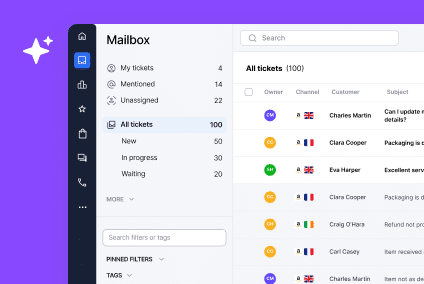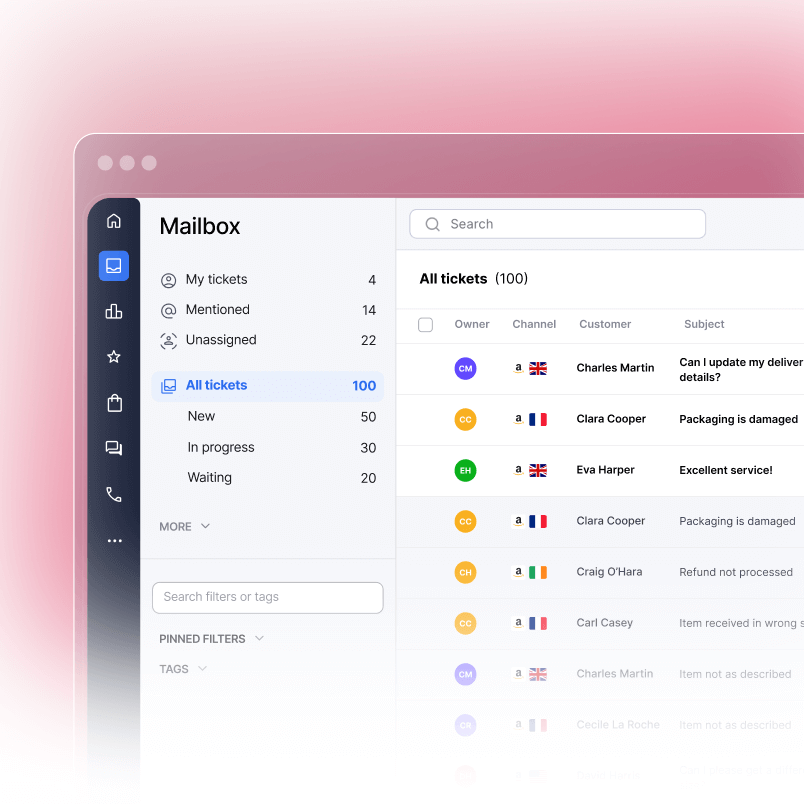Bottom line: Amazon Prime Day 2025 was its biggest event ever, generating record-breaking sales and creating significant Amazon customer service challenges 2025 for support teams. With BNPL sales increasing 33.3% year-over-year to $2 billion and rising mobile purchase trends, sellers need to prepare for specific support scenarios that spike during Amazon Prime Day deals periods.
Amazon’s growth seems unstoppable, as does Amazon Prime Day’s. Prime Day 2025 was Amazon’s biggest Prime Day shopping event ever, with record sales and more items sold during the four-day event than any previous Prime Day, extending from the traditional two days to four days for the first time. Sales reached $14.2 billion in 2024, representing an 11.7% year-over-year increase, and preliminary data suggests 2025 surpassed these figures significantly.
As sales skyrocketed over the extended four-day period during Amazon Prime Day deals, how did that impact customer service? The short answer is, as sales increased in response to discounts, flash sales and the other promotions that happened during Amazon Prime Day, support staff were put under added pressure.
To understand the consequences of this in more detail, we analyzed queries associated with over 25 million Amazon orders during Prime Day 2025 and compared them to previous years’ data. We’ve determined what kinds of conversations increased, and those that decreased, to help you understand the issues your support staff need to be prepared for during peak sales periods with Amazon Prime Day software and customer support tools.
Here’s what we found.
Order Cancellation Rates Increased
Order cancellation rates in the days immediately following Prime Day 2025 increased by 18% versus the same period during Prime Day 2024. This represents a continued upward trend from the 14% increase we observed between 2023 and 2024.
Thankfully, while this increase in cancellations was significant, third-party sellers continue seeing steady growth in profits from Amazon. Electronics saw discounts up to 23%, the steepest among all categories, which contributed to impulse purchasing behavior.
It’s expected that cancellations increased because of the excitement of Amazon Prime Day customer promotions and their limited-time deals, which lead to impulse purchases. Buy Now, Pay Later (BNPL) accounted for 8.1% of orders, up from 7.4% in 2024 and amounted to $2 billion over the four days. Customers are generally more likely to cancel orders they make in the spur of the moment, as opposed to more considered purchases.
During recent Prime Days, research shows impulse purchase behavior continues to be significant. But, according to updated consumer behavior data, approximately 58% of impulse buyers now regret their purchases, an increase from previous years.
This increase, and the inevitable queries about cancellations, has likely put added pressure on support resources. A solution like eDesk can help in cases like this with Amazon Prime Day tools. At eDesk, support agents can see the full context of each Amazon Prime Day customer query at a glance, including shipping and order data.
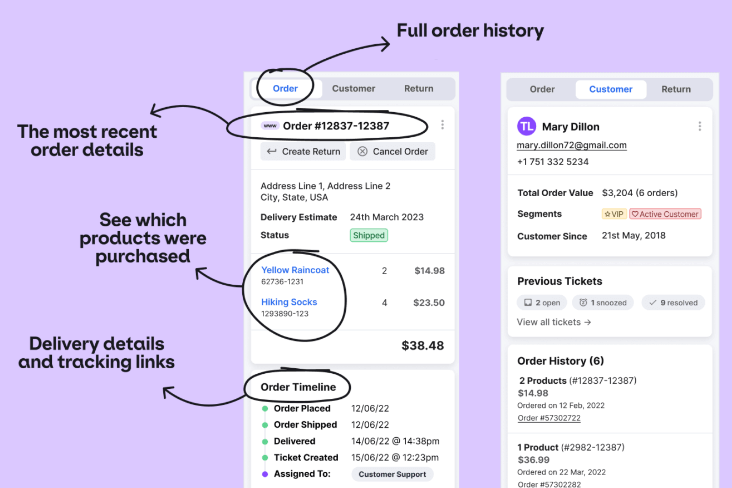
As a result, they come prepared with the necessary info to answer queries promptly, and accurately. This leads to increased customer satisfaction and a higher likelihood that they’ll try your products again, regardless of the cancellation.
eDesk connects seamlessly to 250+ storefronts and marketplaces via native integrations. For Amazon, even though they’ve phased out cancellation notifications, you’ll still be able to get these notifications in eDesk. For more information on this process, check out our knowledge base article.
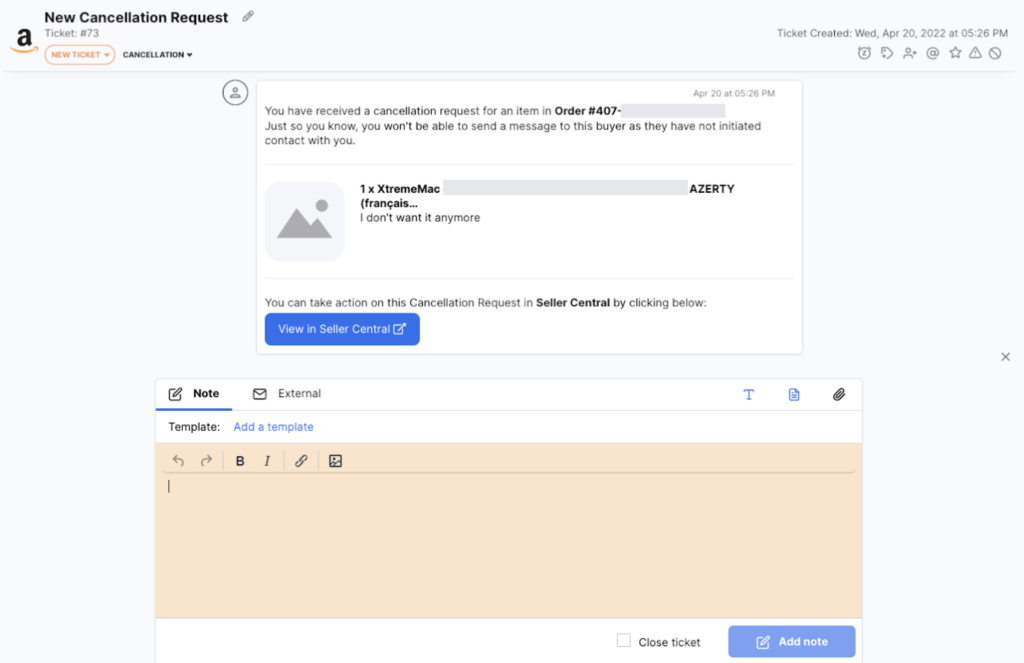
Return Rates Increased
A related statistic from eDesk data showed that return rates were also up by 23% during Prime Day 2025, compared to Prime Day 2024. This represents an acceleration from the 19% increase we observed the previous year. However, the eCommerce industry continues to see improvements in overall return management, with many sellers implementing better customer service strategies.
While this stat may also be related to buyers’ remorse, there are more mitigating factors to consider here. Product quality, suitability and other factors contribute to how likely a customer is to return an item.
Amazon has updated its Prime membership cancellation policy, allowing customers to receive a full refund at any point during the membership period, effective May 9, 2025, which may contribute to increased confidence in making purchases but also potential increases in return behavior.
Thankfully, there are many factors you can control to safeguard against cancellations. Maintaining healthy stock levels, clear product descriptions, competitive prices, and prompt shipping all help maintain buyer confidence in your products, and prevent them hitting Cancel.
Better yet, there are several tactics you can use to ensure customers have a positive experience when they return items using eCommerce return management strategies.
eDesk helps eCommerce sellers streamline the returns process. Returns info added in eDesk is visible within the context of the support ticket it relates to. Not only does this help with visibility on a case-by-case level, it’s also visible to all agents with eDesk access.
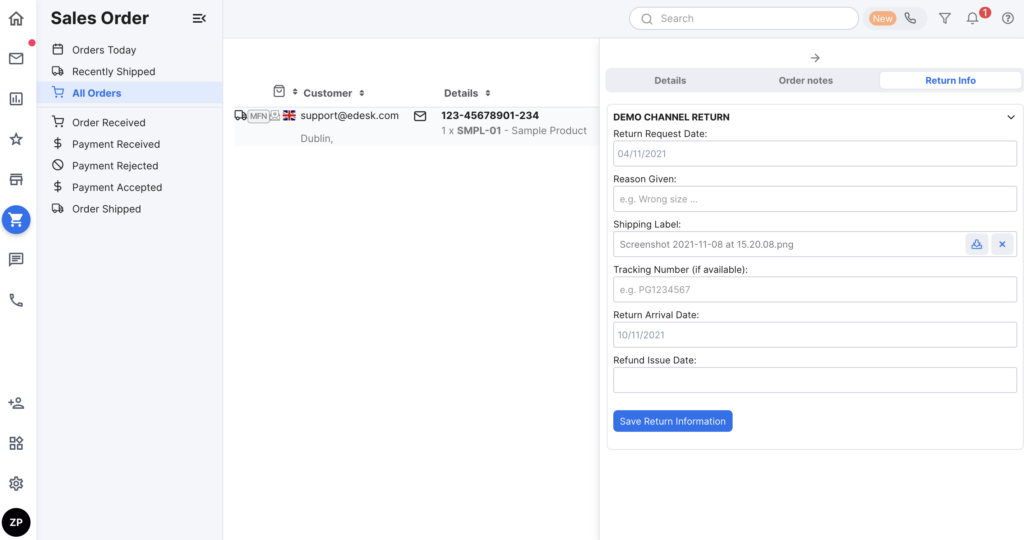
Negative Feedback Decreased Despite Volume Increases
We also found that, overall, customers’ experience with support was more positive during Prime Day 2025 than during the equivalent period in 2024. Negative feedback sent to sellers saw a significant decrease of 22% year over year, despite the increased volume of transactions.
This improvement suggests that sellers are getting better at handling Amazon customer service challenges in 2025, and implementing effective customer support tools and processes. Many sellers have invested in AI-powered support solutions and better training for their teams.
In terms of positive reviews, while your customers may be very satisfied with their Amazon Prime Day deals purchases, they may not always be forthcoming about it. Industry research indicates that only 1 in 10 happy customers leave positive reviews.
To solve this and increase the ratio, consider implementing automated review request systems. These solutions let you request reviews from your happiest customers, helping you receive more 5-star ratings—a key signal that tells Amazon your products are worthy of the Buy Box.
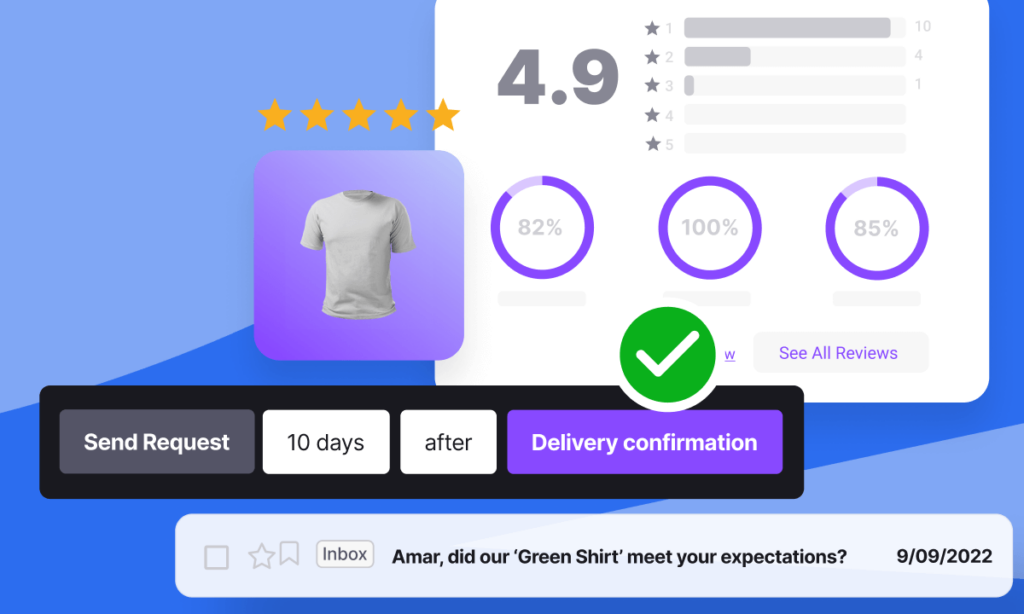
Furthermore, the connection between happier customers, repeat business and increased profits is well proven with exceptional customer service.
A staggering 89% of consumers are more likely to make another purchase after a positive customer service experience. On the other hand, when customers are unhappy, there’s a 91% chance they won’t do business with a company again.
With that in mind, the significant business impact of reviews shouldn’t be ignored. For insights on how to handle negative feedback more effectively, check out our analysis of how you can leverage feedback to your advantage.
Mobile Commerce and New Technologies
Mobile sales accounted for 49.2% of all Prime Day sales in 2024, totaling $7 billion and representing an 18.6% year-over-year increase. This trend continued and accelerated in 2025, with mobile purchases now representing over 52% of total Amazon Prime Day sales.
Adobe data indicated that consumers embraced generative AI during Amazon Prime Day 2025, with generative AI traffic to U.S. retail sites increasing 3,300% year over year. This represents a fundamental shift in how customers research and make purchasing decisions.
For customer service teams, this means being prepared to handle more complex queries as customers become more informed through AI-assisted research but may also have higher expectations for detailed product information and support.
Preparing for Future Prime Day Events
Paid search remained the top online retail sales driver throughout the Prime Day period, accounting for a 28.5% share of revenue during the event. However, affiliates and partners, which include social media influencers, accounted for 19.9% of online retail sales, growing 15% over 2024.
This diversification in traffic sources means customer service teams need to be prepared for questions coming from customers who discovered products through various channels, each with different expectations and knowledge levels.
The Bottom Line
With increased sales, your support team will always see a correlated increase in queries. By preparing ahead of time for the typical kinds of questions they’ll get, as outlined in this article, you can set your business up for better support experiences for all your Amazon Prime Day customer interactions.
The key is implementing the right Amazon Prime Day software and customer support processes before the next major sales event. Consider investing in:
- Automated response systems for common queries
- AI-powered chatbots for initial customer interactions
- Comprehensive agent training on Prime Day-specific scenarios
- Integration tools that provide complete customer context
- Proactive communication strategies for potential issues
Take a free trial of our streamlined customer support. Our platform helps you manage Amazon customer service challenges in 2025 with advanced automation, AI assistance, and comprehensive marketplace integrations that keep your team prepared for peak sales periods.



